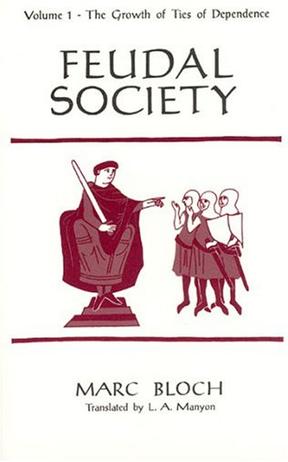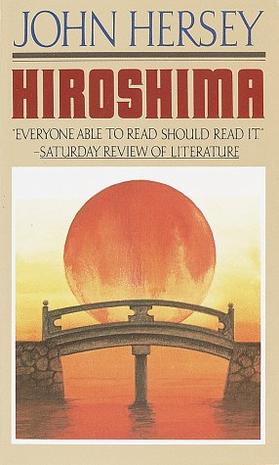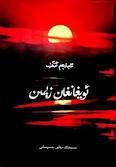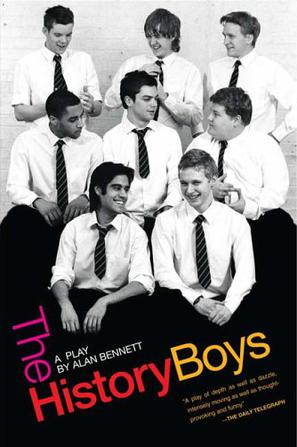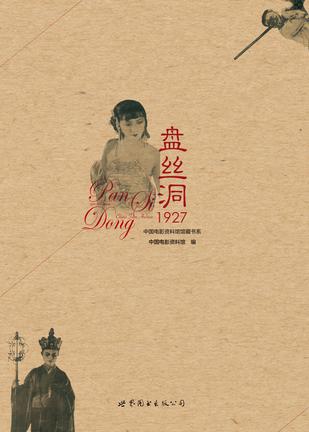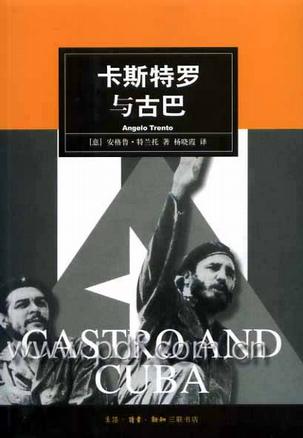Hiroshima
John Hersey
Book Description
On August 6, 1945, Hiroshima was destroyed by the first atom bomb ever dropped on a city. This book, John Hersey's journalistic masterpiece, tells what happened on that day. Told through the memories of survivors, this timeless, powerful and compassionate document has become a classic "that stirs the conscience of humanity" (The New York Times).
Almost four decades after the original publication of this celebrated book, John Hersey went back to Hiroshima in search of the people whose stories he had told. His account of what he discovered about them is now the eloquent and moving final chapter of Hiroshima.
Amazon.com
When the atomic bomb was dropped on Hiroshima, few could have anticipated its potential for devastation. Pulitzer prize-winning author John Hersey recorded the stories of Hiroshima residents shortly after the explosion and, in 1946, Hiroshima was published, giving the world first-hand accounts from people who had survived it. The words of Miss Sasaki, Dr. Fujii, Mrs. Nakamara, Father Kleinsorg, Dr. Sasaki, and the Reverend Tanimoto gave a face to the statistics that saturated the media and solicited an overwhelming public response. Whether you believe the bomb made the difference in the war or that it should never have been dropped, "Hiroshima" is a must read for all of us who live in the shadow of armed conflict.
From Boston Sunday Herald August 1995
"This is an important audio because it captures one of the most shattering events of our century, just as it explains the mind-sets of the people it most affected...Hiroshima is worth listening to just for the weird story of a survivor who wound up on the TV program, 'This is Your Life,' with one of the crew members of the Enola Gay."
From Library Journal
On the basis of a return visit 40 years after the dropping of the bomb, Hersey has written a final chapter'' to one of the most important books to come out of World War II. The new chapter follows a reprint of the original text on the dropping of the first atomic bomb, and is written in the same spare, objective style. In it, Hersey brings up to date the lives of six survivors he covered so brilliantly in 1946. Once again he evokes the humdrum and the surreal elements in the aftermath of the bomb, and with eloquent simplicity he includes statements of other nations' nuclear tests. Compelling, unforgettable, and more timely than ever, this is absolutely essential for collections from junior high on. Robert H. Donahugh, Youngstown and Mahoning Cty. P.L., Ohio
From AudioFile
The fates of six victims are portrayed vividly in Hersey's classic account of the first atomic bomb. This edition contains a final chapter, written 40 years later, in which Hersey follows up on these six "Hibakusha," or "explosion-affected persons." Edward Asner speaks for many characters, yet his voice is that of the Hiroshima citizen caught up in day-to-day survival. He conveys the fear, confusion, pain and resignation of individuals dealing with a cataclysmic force. With subtle, understated delivery, Asner powerfully evokes the time, place and plight of these people. J.H.L.
About Author
Edward Asner, best known as a star on TV's Lou Grant Show, The Mary Tyler Moore Show, and Rich Man, Poor Man, brings a compelling journalistic style to this important work.
Book Dimension :
length: (cm)17.1 width:(cm)10.7
